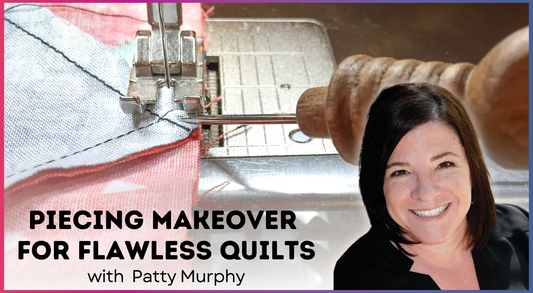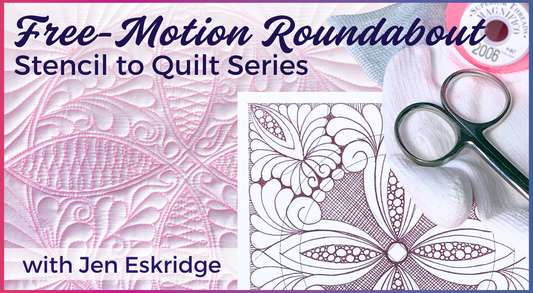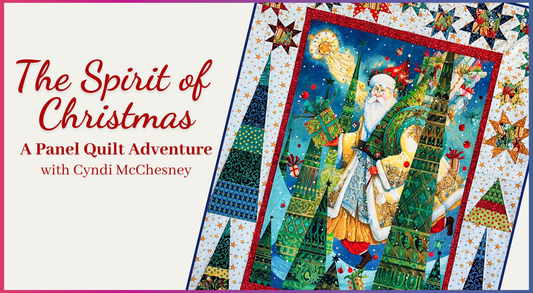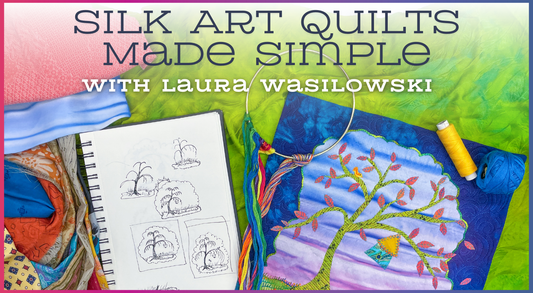
The Joys of Vintage
Share

According to the good people at Merriam Webster, “vintage” is defined as: “of old, recognized, and enduring interest, importance, or quality”. That is what I think of when I think of vintage sewing machines – of lasting quality.
I love vintage machines and I have plenty of them. My first sewing machine as a child was a Singer 66, a.k.a. “Red Eye” so named for the distinctive horizontal red lenses on either side of the Singer name. As an adult, I later purchased two Singer 301A machines from eBay, harkening back to the days of learning to sew on my Mom’s 301A. Since then, I’ve acquired some 17 additional vintage machines, mostly road side finds brought home by my Train Guy. Who would throw a beautiful piece of machinery on the side of the road is beyond my comprehension. But I digress.
Among the many glowing attributes of vintage machines, I find the following to be the most compelling:
- Perfect stitching – the metal gearing (as opposed to computer controlled needle placement) ensures an absolutely straight stitch, of prefect identical length every time. When my son was a student at the Mass College of Art studying fashion design, his professors and classmates marveled at his incredible stitching. His secret: sewing on a vintage machine.
- Built to last… forever – I have vintage sewing machines from the early 1900’s, all of them found either on the side of the road, a flea market or someone’s old barn. They all still run like they were new.
- Performance – One of the things that drives me nuts about newer machines is, many of them cannot start sewing off the edge of the fabric, which is a highly desired capability for quilting when you want to start sewing right from the edge. I’ve even seen sewing tutorials that advise quilters to abut a little scrap of fabric before the piece they are trying to sew in order to effectively start stitching right from the edge. With a vintage machine, you never have to stoop to such chicanery. Vintage machines can start sewing when there is not even any fabric under the pressure foot, and they can do so without tangling the thread. To me, this is a test of a “good machine”. Although I have observed such capability in modern machines, it was not until well over the $2000 price point.
- Design – Old sewing machines are simply beautiful in their design. Many have elaborate floral designs painted right on the body of the machine, fancy faceplates either grooved or with scrolled designs, and all have the manufacturer’s names proudly displayed in some kind of elaborate lettering or name plates. They are so beautiful that I have many of my machines on display around the house, even if I’m not using them.
- Easy to fix – The vintage, mechanical sewing machines are easy to fix, not that they ever need any significant repairs. I’ve never experienced a worn out part, a broken tooth on a gear or anything else that would render a machine inoperable. Worst case, I’ve had to replace a burned out motor. In most cases my maintenance on the vintage machines requires a light oiling now and then, and adjusting a bobbin case screw from time to time. You can’t say that for today’s modern computer controlled machines. Good luck if you need a software upgrade!
Although they don’t have all the bells and whistles of the modern quilting sewing machines, vintage machines have other own unique charm and timeless durability. I am comforted to know that my vintage machines will continue to work beautifully as long as I am alive, then well into the next generation.
-
Please join us here every other Wednesday for another fun, fiber-filled installment of By the Yard. You can read more By the Yard® on Facebook or Instagram @bytheyardcomics. The new By the Yard® 2021 Wall Calendar for Quilters is available now - the calendar actually starts in September of 2020 and runs through December 2021! It is available online at www.bytheyardcomics.com and in quilt shops everywhere!











